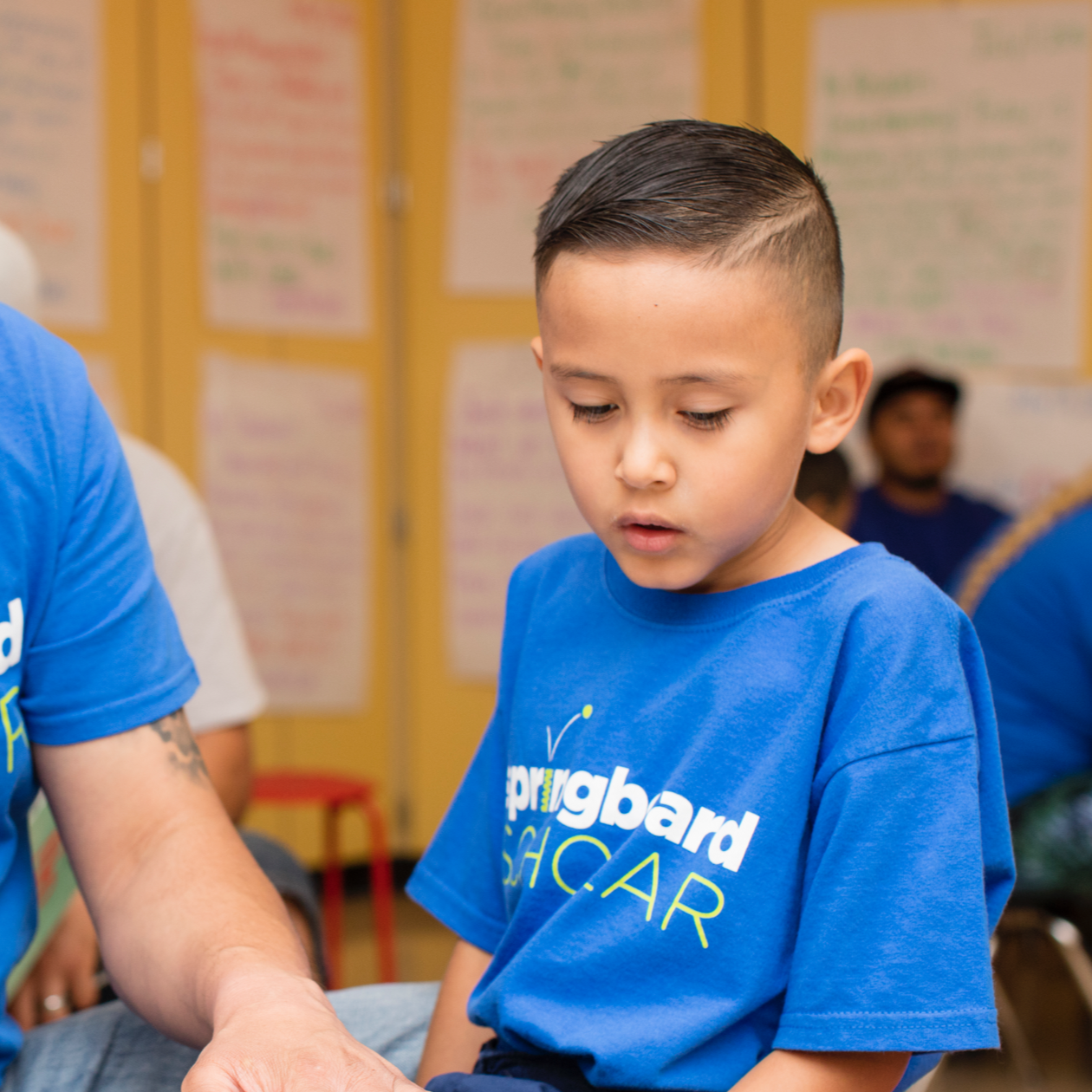The upcoming 2023-2024 school year offers an opportunity for teachers to remember that their students are more than just a classroom full of new faces. Each of those students is part of a family, and whatever happens in your classroom this year is likely to affect each of those families in some way. Similarly, your students will bring some aspect of their family lives into the classroom. Why not acknowledge this extended relationship from the very beginning? We’ve provided a few tips that can help you build trust and foster meaningful relationships with families at the start of the school year.
Begin the Year on a Positive Note
The best way to establish a positive relationship with the families of incoming students is by setting a pattern of communication within the first two weeks. Consider one or more of the following strategies:
- Send a postcard or letter as soon as you know your class list.
When a teacher shows friendly personal interest in the last few days of summer vacation, it can ease students’ anxiety about returning to school. - Send a quick personal text or email introducing yourself.
If you choose electronic communication, it’s the perfect opportunity for turning a standard “welcome to my class” letter into something interactive. Make it easy for the child and the adult to react or write back. If you share a few of your favorite things, invite them to share their favorite things, too. - Make your first interaction about something positive.
For many students, particularly middle- and high-school students, a note or phone call from their teacher might cause friction in their families if it’s about something like being late to class, missing assignments, or poor behavior. That’s why the first phone call home should be an occasion to make things a little easier. Within the first month of the school year, make a point of leaving a positive message with the families. - Share something personal about yourself.
Of course, it should be culturally appropriate and not too personal. However, if you want to start building a relationship with your students and their families, it’s important to present yourself as a friendly, caring individual.
Find Ways to Engage Families
Many families are accustomed to the idea of school and home as two very different spheres that don’t overlap. This needn’t always be the case, because the student inhabits both worlds and because families and teachers both care about their students’ success and well-being. When teachers engage families as partners in student learning, it’s a collaboration that can pave the way for students to thrive in school and beyond. Here are a few things that teachers can do to nurture family engagement:
- Let families into your classroom.
Each family can offer a different palette of knowledge, skills, and experiences. Cumulatively, this goes well beyond what you personally bring to the classroom as a teacher. Combined with your students’ unique personalities, every year has the potential of growing an unpredictable and delightful classroom culture. Be open to the ways that students and their families can shift your classroom culture and how you teach. - Expand your definition of family engagement.
A 2019 study by Learning Heroes found that while 25% of teachers said their students’ families “weren’t involved,” 75% of families said they were “very involved.” Before judging a family member who you don’t see or who doesn’t reach out, look for evidence of the ways that they’re supporting their child. When you have a positive mindset that includes families as learning partners, families will be more likely to respond in kind. - Create multiple entry points for families.
Some families may be intimidated by the school atmosphere, but they’ll do other things such as sending in cans and boxes when there’s a food drive. Some families will be there for the annual Halloween costume parade and never show their faces on Back-to-School night. There are so many different ways families show support for their student’s success. Take advantage of all of the time families spend with their children at home. Children spend 75% of their waking hours outside of the classroom, so giving each family specific, actionable ways to support their child’s learning at home can make a world of difference.
Starting From a Place of Hope
Every teacher wants to see their students succeed and grow, not only as learners but as people. For many, the fond memories and high hopes that they carry into each new school year are tied to experiencing human connection as well as facilitating academic achievement. Part of that connection can be recognizing the roles families play in making each student who they are. The relationships that teachers build with their students and families provide the golden moments of teaching.
Note: This blog was adapted from notes by Amanda Hamilton Roos, Senior Director of Learning Design for Family and Educator Partnerships at Springboard Collaborative.

